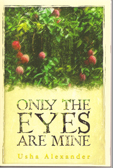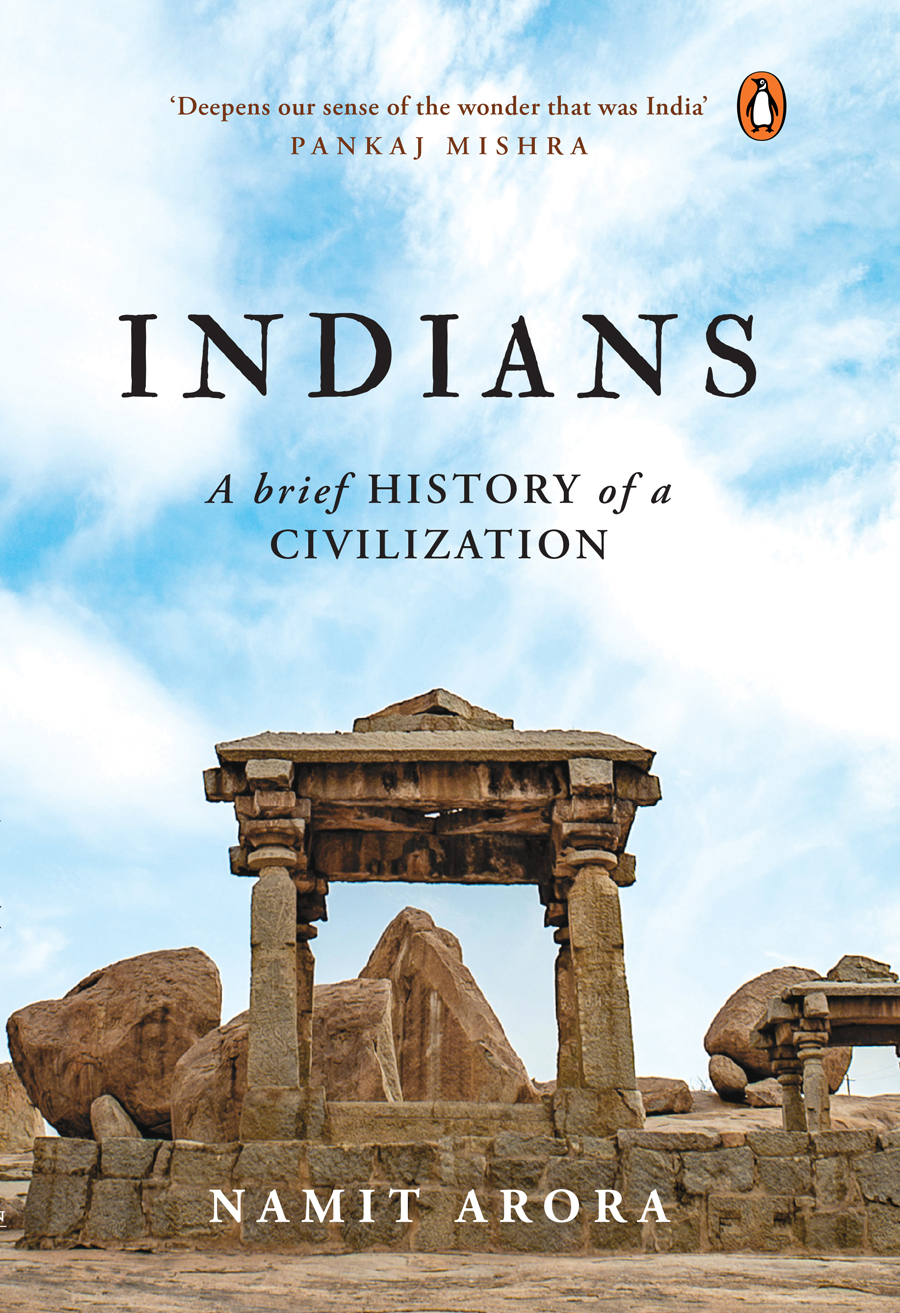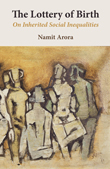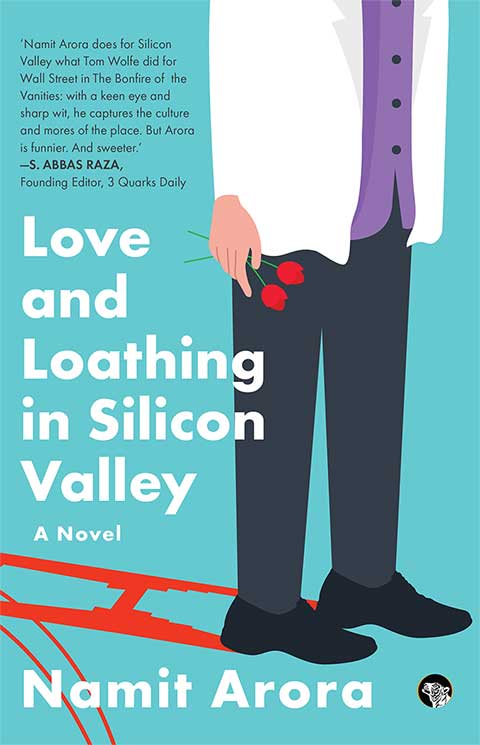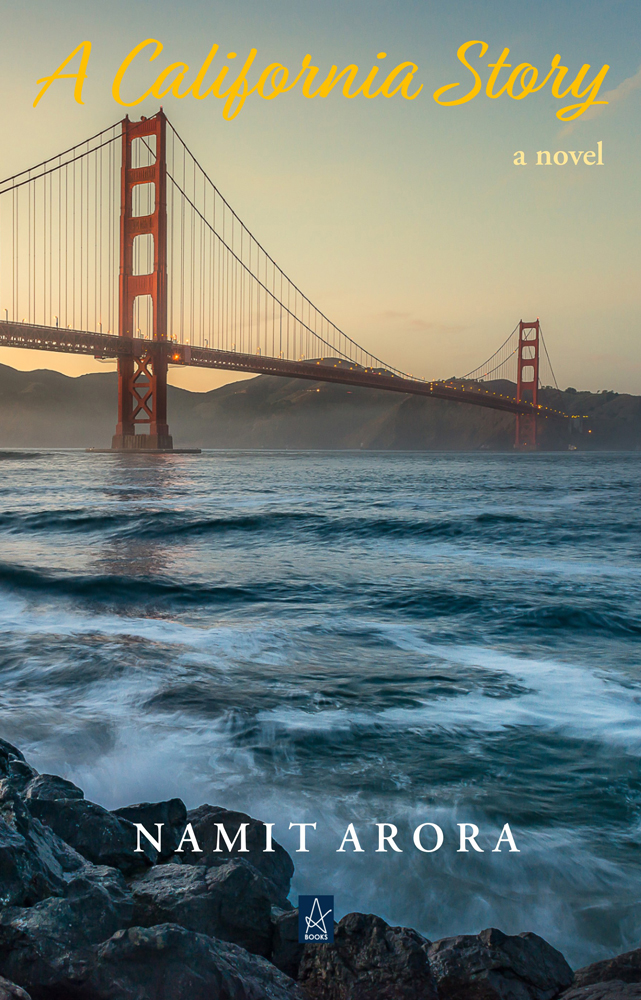| Index of articles from the Blog |
| Animals |
| Anthropology & Archaeology |
| Art & Cinema |
| Biography |
| Books & Authors |
| Culture |
| Economics |
| Environment |
| Fiction & Poetry |
| History |
| Humor |
| Justice |
| Philosophy |
| Photography |
| Politics |
| Religion |
| Science |
| Travel |
Books by
Books by
|
Indians Abroad: A Story from Trinidad
By Namit Arora | Jun 2011 | Comments
(I've managed to write a long essay on Trinidad without mentioning cricket, rum, or the steelpan. Can I be forgiven for that? A shorter version of this article appeared in the Oct-Nov 2011 issue of Himal Southasian.)
The museum commemorates the history of a million Indo-Caribbeans whose ancestors came as indentured laborers from India between 1838-1917. Graphic panels at the museum include details on immigrant ships, copies of girmits, or indenture agreements, and rare archival photos of life on sugarcane plantations. Evocative objects abound: an improvised sarangi, a pair of wood slippers, a rotary sugarcane press like the ones still used in mofussil India, even a lifesize model of an indentured worker’s hut. Other displays show milestones in the life of the community, such as a 1970 photo of the first Indo-Trini policewoman; a panel on Alice Jan, the first lady of Indo-Trini culture; and Indo-Trinis winning the right to build their own schools in 1952, allowing them to replace Christian teaching with Hindu teaching. The museum is run by the Sanatan Dharma Maha Sabha, a conservative Hindu organization that also runs many temples. Talking to Jokhan it struck me that he lived with a clear sense of ‘his people’, what they have suffered, what challenges awaited them. His tone, and the museum’s singular focus, brought to mind a pastiche of Jewish museums I have seen over the years. This too felt like a museum designed to preserve the collective memory of a people’s suffering and struggles, and Jokhan seemed to me the right man for the job: proud of his identity, devoted to his community, slightly paranoid. Jokhan’s historical memory is alien to people like me who have joined the Indian diaspora in recent decades. We have fostered the stereotype of Indians as a model minority, led by professionals and marked by diligence and enterprise in the pursuit of opportunities around the globe. But most of the Indian journeys in the colonial era were very different. They involved harsh unskilled labor on sugarcane estates, horrible living conditions, and severe discrimination. Trinidad, which I will look at here, is one chapter of that past; others include Guyana, Suriname, Jamaica, South Africa, Fiji, Mauritius, and Réunion.
In 1802, there were close to 200 sugar estates in Trinidad, with 2,261 whites, 5,275 free coloreds, and 19,709 slaves. By this point, the local Caribs and Arawaks had been decimated, their estimated pre-Columbus population of 40,000 having fallen to about 1000. When at last the British government announced a ban on the transatlantic slave trade starting in 1807, the estate owners protested bitterly, with a petition calling the move ‘a vexatious and most injurious interference with the authority of the master over his slave’. In fact, slaves continued to be bought and sold within the Caribbean islands, and slavery itself persisted in Trinidad until the late 1830s. A that point, the slave owners demanded and received compensation from the British government for the ‘loss of their property’, which equaled the average market value of each slave. Among these slave owners in Guyana were the Booker Brothers, whose descendants would later institute the Booker Prize in literature.
The British government turned to China at first and brought 2,500 Chinese to Trinidad. But the long voyage proved too expensive, and the Chinese authorities required a return ticket guarantee. In Trinidad, the Chinese mortality rate was high; many bought out their indenture and moved to other trades—a disaster from the planters’ standpoint. The British then turned to their own colony of India, which had regions with a climate similar to Trinidad’s and millions of poor peasants, who, the British surmised, had better odds of surviving tropical diseases.
Until 1901, the ships were sailing vessels (‘Pal Jahaj’); thereafter, they were steamships (‘Aag Jahaj’). Jokhan pointed me to a list of ships that made the passage, the number of passengers in each, and the deaths en route. The mortality rate varied a lot. In 1858, on a ship named Salsette, 106 of the 197 Indians died. Scanning the numbers, I estimated the average mortality during the 19th century to be around 5 percent. About 145,000 Indians came between 1845-1917, in over 320 shiploads. The vast majority came from the densely populated Gangetic Plain, from from today’s Uttar Pradesh and Bihar. They had probably never been to a big city such as Calcutta, their boarding point, or seen the sea or interacted with Europeans. They mostly spoke Bhojpuri, a dialect of Hindi. Upon reaching their embarkation point, all recruits were medically examined. Many were deemed unsuitable and sent back to their villages. Only the youngest and the healthiest, nearly all of them in their late teens and 20s, were allowed on board. Thumbprints were taken and physical traits recorded; those selected were issued regulation clothing and a metal disc to be strapped to the arm, of the kind porters on Indian Railway stations wore until recently. A source of resentment at this juncture was the physical examination of women for venereal disease. For most Indians, the primary driver in their migration was to escape economic destitution, which at that time had been intensified by repressive British taxation after the ‘Mutiny’ of 1857. A few others could have been leaving to flee or dodge investigation for a crime, or a family or caste dispute, or were simply led by a desire for adventure. Due in part to a double failure of the monsoon, a major famine had hit India in 1878-79, killing millions. Trained recruiters went from village to village promising good jobs in Damru Tapu (Demerara Island, in nearby British Guyana), with housing and wages that were many times those they received in India. Most villagers had no idea where this island was but the lure was strong enough to overcome the significant taboo of kala pani, or the Hindu stricture against crossing salt water which would render one an outcaste. Few women came at first but after 1868, concerted effort raised their numbers to four women (the majority were single) for every ten men. While a better ratio, the continuing imbalance caused a host of social problems later, including violence over and against women. Those who left from Calcutta were called kalkatiyas in Trinidad. Until 1870, a few ‘Madrasis’ came too, but were generally deemed unsuitable and ‘troublesome’, not least because many of them were urbanites. Altogether, about 85 percent were Hindu and most others, Muslim. Of the Hindus, about 15 percent were Brahmins—more than the 9 percent in their home population—and most of them, writes Trinidadian historian Radica Mahase, had ‘earned a livelihood from the land and were also vulnerable to changes in the rural economy.’
By all accounts, the voyage itself was a searing experience for most. Including the crew, about 500 traveled on an average voyage. Conditions on board were not as bad as on the former slave ships, but space was still cramped and there was no privacy. Rice, daal and other provisions were carried for the entire journey. A few Indian supervisors, sirdars, accompanied each ship, keeping order, distributing rations and guiding activities such as cooking and cleaning. Even though old social distinctions were challenged in this setting, the division of labor on the ships often reflected the old world: cooks drawn from the upper castes, sweepers from the lowest. Besides cooking, cleaning and washing, the voyagers also spent their time playing cards and kabaddi. Each ship was provided with a dholak (drum) and other musical instruments; singing was encouraged to raise spirits. The first quarter of the journey took the ship through the Bay of Bengal to the Cape of Good Hope, where the passengers suffered from the bitter cold of the southern seas. Poor sanitation often led to outbreaks of cholera, typhoid, dysentery and whooping cough. Jokhan pointed me to a list of ships that made the passage, the number of passengers in each and the deaths en route. The mortality rate varied significantly: in what was obviously an extreme case, in 1858, on a ship named Salsette, 106 of the 197 Indians died. There were occasional shipwrecks, pirate attacks and on-board fires. Scanning the numbers, I estimated the average death rate en route during the 19th century to be around five percent. While many suicides were recorded, many babies too were born on board. The intense experience of the voyage forged lifelong bonds of jahajibhai and jahajibehen – brotherhood and sisterhood of the ship. The solidarity it forged became the basis for a community in the new world, often transcending caste and religious distinctions.
In official documents and in the press, the Indians were referred to as ‘coolies’ and ‘our heathen population’, whose religions, wrote a leading Canadian missionary, fostered ‘a low sense of sin’. Their rites were ‘degrading and uncivilized’. In 1884, when Indians came out to defy a new law against religious processions by publicly and peacefully celebrating Muharram, the colonial police shot dead 22 and injured over 100. Many protests and uprisings were ruthlessly put down. Until 1945, neither Hindu nor Muslim marriages were given a legal standing—reserved only for Christian marriages—making Indo-Trini children technically illegitimate and legal inheritance difficult. Indians were stereotyped as deceitful and miserly (most saved for their life back home or from habit), and contempt for their ‘unclean’ ways was rife. Despised for their ‘uncivilized’ dresses, their women were sneered at for wearing bangles and rings. I saw a few such Indian dresses on display in the museum, alongside cooking utensils, a grinding stone, and agricultural implements (too bad photography wasn’t allowed).
The vast majority of Indians did not convert to Christianity, clinging to their faiths more tenaciously than other immigrant groups in Trinidad, including the Chinese. The Indians were politically unplugged, socially conservative, and culturally insular, a situation surely not helped by their habits of caste, family, and religion, nor by their reluctance to cohabitate with others of a darker color and different culture (though sex was another matter, as were illegitimate children). But there were always exceptions; in the past week alone, I had met two Afro-Trini women with ‘pure Indian’ grandmas, who must have left their communities to live with Afro-Trinis; their Indian families likely ostracized them for it, at least for a time (I wish I had asked if this was known about them). Most Indians were also poor, uneducated, and insecure, and so became easy objects of social contempt and discrimination. The barracks they lived in were dirty and overcrowded; malaria and hookworm infestation were rife; nor were they given any shoes. Poverty and poor diet created legions of decrepit and emaciated Indians, provoking further contempt from others. At Christian missionary schools, Indian kids were ridiculed for their religion and pressured to convert, so not many Indians sent their kids to school—not until Canadian Presbyterian missionaries setup schools for them in Indian communities. Bridget Brereton, a historian of Trinidad, writes:
In short, the coercive indentureship, the legal separation of the Indian population, the harsh economic conditions of their existence, the low-status jobs that they filled, all operated powerfully to make all sections of the Trinidad society despise them—even the planters for whose benefit they came. Despite these conditions, within a generation, Indians had not only rescued the sugarcane industry, they had become its mainstay. To keep the experienced workers from returning, a new scheme in 1869 offered them land after their ten years of work, provided they renounced all claims to the ‘free’ return passage to India. Many others purchased Crown land from their savings. In due course, many Indians completed their indentureships and became peasant proprietors in new villages, with names like Calcutta, Barrackpore, and Fyzabad. They grew wet rice, vegetables, and raised cows and buffaloes brought from India. They also imported mangos, guavas, tamarind, pumpkin, lentils, melons, ginger, mustard, and a host of other plants. Unfettered by the imperatives of plantation life, the Indian settlements now permitted alternate forms of social organization. A panel I saw in the National Museum states: ‘On completion of their contracts many remained to become productive, useful citizens. East Indians did not easily assimilate into the Creole culture. In 1940 they still retained, almost intact, the way of life—dress, religion, language, music and food of India.’ Racial discrimination, however, remained a major barrier to assimilation and fostered a sense of solidarity among the Indians.
Jokhan disappeared into his office and returned with copies of old newspaper clippings on Indian immigration, and even a glossary of some Bhojpuri words they used. He has lost the language of his ancestors but knows a few Hindi words and phrases. He demonstrates: ‘aapka naam kya hai’, ‘aap kahaan jaata hai’. His parents spoke good Hindi, he said. He took Hindi classes as a child and learned to read and write it. He pointed to a Singer sewing machine, the kind he saw his mother use in his childhood, then told me that he attended bhajans, wore tilak, and learned to perform Hindu rituals as a child.
To what extent did Trinidad incline Naipaul to see the societies he visited as half-made—full of rage, hysteria, or mimic men—trapped in narrow identities, short on self-awareness? Did the dysfunction of his own society in early/mid-20th century constrain his way of seeing, or did it expand his powers of observation and analysis? Important as he is in so many ways, he is also just a man—at times a pompous one—with his own blind spots; his early social context remains crucial to understanding his intellectual journey. In The Enigma of Arrival, Naipaul wrote: ‘the island had given me the world as a writer; had given me the themes that in the second half of the twentieth century had become important; had made me metropolitan in a way quite different from my first understanding of the word.’ Trinidad gained independence from British rule in 1962 and has since prospered from its oil and natural gas resources, not to mention the world’s biggest source of asphalt. This has made it no longer profitable to produce sugar. I saw one of the last big sugar factories that had recently shuttered. The crop that led Europeans to transport so many Africans and Indians to its shores, for which generations were then held in bondage and oppression, has now been driven out of the island.
Click here for more pictures from Trinidad & Tobago. More writing by Namit Arora? Notes and Glossary:
Photos:
|
Designed in collaboration with Vitalect, Inc. All rights reserved. |
|




